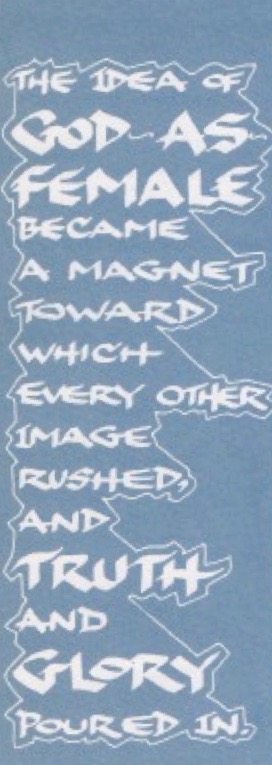Does inclusive language matter?

 This question was raised in my mind at a meeting this fall. When the speaker mentioned “inclusive language” in the context of liturgical work, a listener interpreted it to mean something like promoting diversity. But that is not it at all, at least for me and for my small faith community, which modifies language in song as well as in scripture.
This question was raised in my mind at a meeting this fall. When the speaker mentioned “inclusive language” in the context of liturgical work, a listener interpreted it to mean something like promoting diversity. But that is not it at all, at least for me and for my small faith community, which modifies language in song as well as in scripture.
For years when doing a reading in a church, I have been changing “Lord” to “God” and using “God” instead of gendered pronouns for the deity. Not Jesus when specifically about him, but about the general godhead. This is a stealth strategy; I am usually reading at a special event and I don’t warn anyone in advance. I might have trouble if I was a regular lector and anyone noticed.
But does anyone notice? Does anyone care? The oppression of women in religion in general and Catholicism in particular is not imposed only through inequality in the priesthood and in ascribed gender roles. It is the ubiquity of a male god, pervasive in our culture.
There are other images in the Bible, and WOC has compiled an excellent list of them. The list includes the familiar and those not so much. It begins:
Genesis 1:27 Women and Men created in God’s image
“Humankind was created as God’s reflection: in the divine image God created them; female and male, God made them.”
Hosea 11:3-4 God described as a mother
God: “Yet it was I who taught Ephraim to walk, I who took them up in my arms; but they did not know that I healed them. I led them with cords of human kindness, with bands of love. I was to them like those who lift infants to their cheeks. I bent down to them and fed them.”
We have heard some of these aphorisms all our lives. For all the years of its existence, WOC has published and publicized resources that celebrate aspects of God that are not explicitly male, and moved beyond a kind of “balance” to believe in a God beyond gender. Do we pray to that God ourselves? Do we enact that belief in the liturgy, the public worship of the church?
My raising this question now may seem ridiculous to those who have been in the movement forever, especially in light of the tortured English translations of recent years. I will address them in another post. But as more and more intentional Eucharistic communities rise up among us, we have the opportunity to be intentional about our language and our images as well.
And we don’t have to wing it. Many people have been doing gender-free translations. One of the first is by Catholics Speak Out at the Quixote Center. This 18-year project has resulted in volumes that meet a variety of needs from the lectionary cycles to complete paperback editions of the Hebrew Scriptures and the New Testament. Some of these items are currently on sale and all are available. We owe it to ourselves and to our communities to shock our thought patterns by exploring a new version of familiar and beloved readings.
